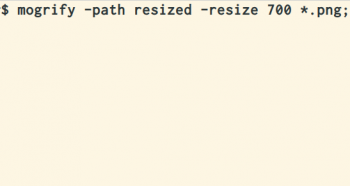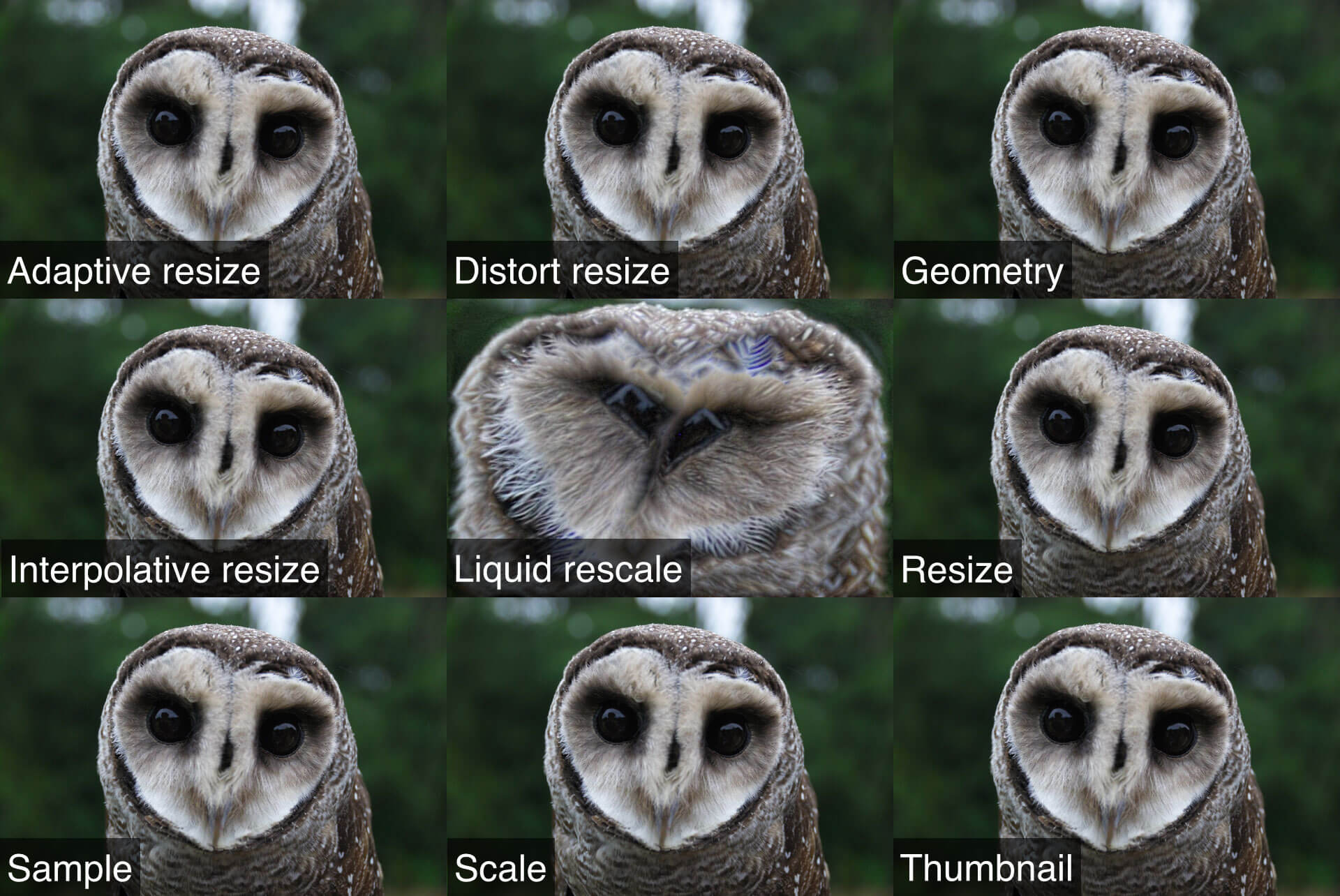
- #Imagemagic mogrify leaving tilde files how to
- #Imagemagic mogrify leaving tilde files professional
- #Imagemagic mogrify leaving tilde files windows
Create an empty file with a white background and name it packt_logo.gif. Take a look at the Packt logo on the cover of this book and try to guess what primitives can be used to implement it.ġ. Do you believe we can design logos with just the -draw option? We are going to design the Packt Publishing logo in this workshop.
#Imagemagic mogrify leaving tilde files windows
Hence, for showing the result in Windows we can use this command: In addition, the name of the program used to display images in Windows is imdisplay.exe. So that the % example has to be changed as follows in Windows:Ĭonvert -size 80x100 xc:white -draw "line 10,10 In Windows you have to use "instead of" for commands.

Non-conforming drawing primitive definition 'rectangle' If you are a Windows user, you may encounter the following error while executing the above example: Use the display command as shown below to view the graphic file in ImageMagick:įig 3-1: The Output of the display line.bmp Command In order to do this, simply specify a file name and a graphic format extension at the end of this command. The last step is to save our work as a graphic file. By default, the background color is white and the drawing color is black. If we leave the xc: parameter without any color, then the file will use white as the background. For now just use this option to set the white color as the background. There are several ways of defining colors in ImageMagick, which we shall discuss later. Next, we set the background color of our file to white with the xc:white option. At the beginning of this command there is a - size option, which tells ImageMagick to create a file eighty pixels wide and hundred pixels high. In which 10,10 indicates the coordinates of the start point and 70, 90 indicates the end point of the line. The part of this command which draws the line is: For example the following command will draw a black line from (10,10) to (70,90) on a white page with 80x100 dimensions and then save the result in a bitmap file:Ĭonvert -size 80x100 xc:white -draw 'line 10,10 70,90" line.bmpĪs you can see with this convert command four options are used. In this scheme instead of we can place our desired shape keyword (that is, circle or rectangle). This is the overall syntax of the -draw option. Although we will introduce the -draw parameters during this book, the complete list is provided in Appendix B.
#Imagemagic mogrify leaving tilde files how to
How to Draw Basic Shapes with ConvertĬonvert can be used to draw curves, lines, circles, ellipses, rectangles, polygons, texts, and even to mix two images.
#Imagemagic mogrify leaving tilde files professional
In the next section, we start with a simple image and while working on it to achieve professional art work, introduce you to some great features of the convert utility. There are many options and parameters that we can use with convert so that with the help of them some complicated image processing can be done in a multi-line convert call. In this example, the format of the specified file is converted from. Maybe the simplest usage of this utility is something like this: These options execute our requests on files that have been specified.īased on what option we choose tasks like format conversion, image transformation or filter application will be done. So let's start our trip with this one: convert.įor running convert use the following scheme:Īs you can see there are some options in front of file names. In order to find out the answer we have to analyze the ImageMagick utilities' anatomy. The question is, if the result is the same then what is the point of repeating the same options for different utilities? As a matter of fact all of ImageMagick's functionality comes from about 200 options that may be used in several utilities. These are very important because we will see them being repeated for other ImageMagick utilities during the next chapters. We will concentrate on parameters and their practical usage. These utilities will be studied in depth in this chapter and we will get familiar with their image processing and other capabilities. We can see that mogrify is similar to convert in some situations.

The convert utility is one that contains many parameters for implementing more than seventy percent of ImageMagick features. We learned from Chapter 1 that any image processing activity in ImageMagick can be done using its utilities.


 0 kommentar(er)
0 kommentar(er)
